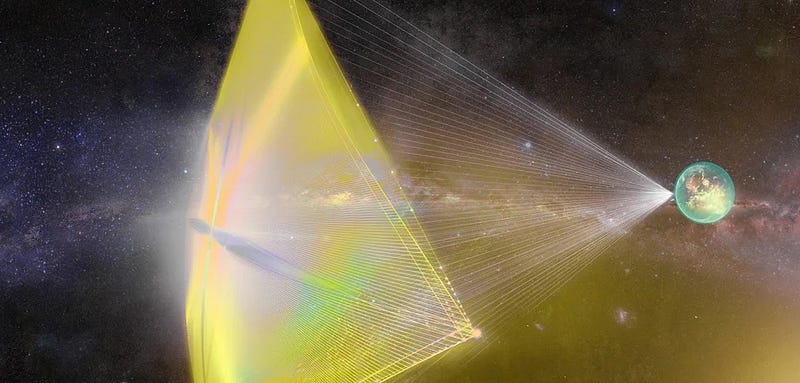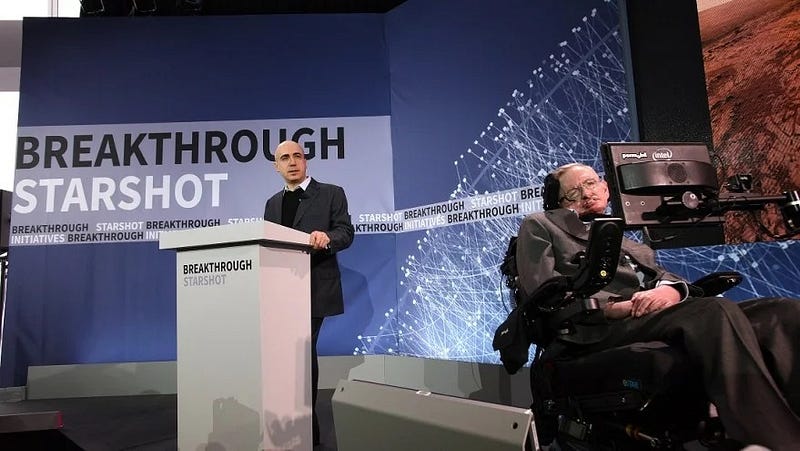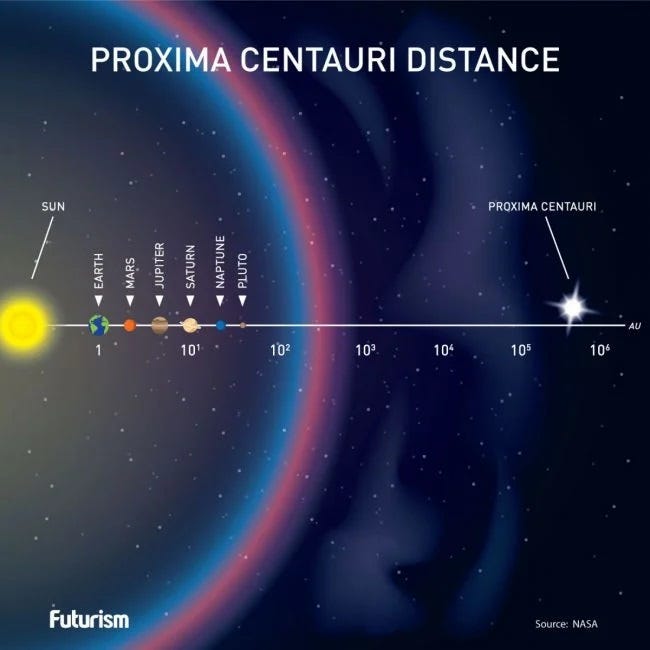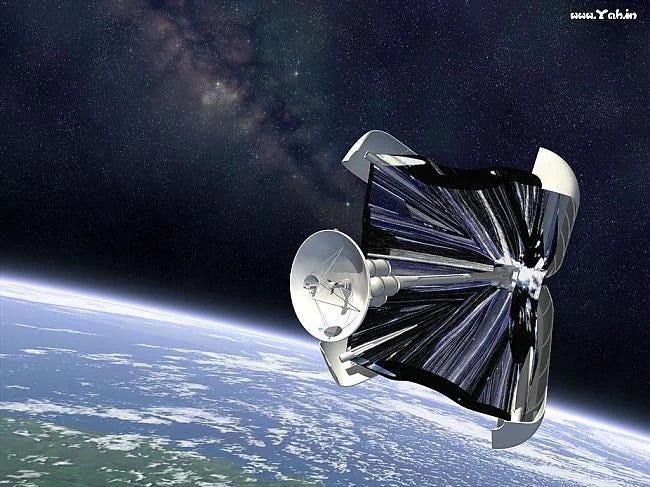Journey to the Stars: When Will Humanity Reach Another Solar System?
Written on
Chapter 1: The Quest for Interstellar Travel
A recent inquiry posed the question: When will we embark on our first mission to another star? This inquiry applies to all of humanity, not just specific nations. My earlier response suggested that such an event is far off, but recent developments have sparked a sense of optimism.

In 2015, astrophysicist Stephen Hawking, alongside entrepreneurs Yuri Milner and Mark Zuckerberg, launched the Breakthrough Initiatives program. This initiative aims to enhance the search for extraterrestrial life, drawing in numerous distinguished scientists and enthusiasts.

The foundation has established four primary initiatives:
- Listen: Searching for signals that may originate from extraterrestrial intelligence.
- Watch: Observing distant stars to identify potential engineering activities from other civilizations.
- Message: Crafting and dispatching communications to other intelligent beings.
- Starshot: Aiming to send a probe to Proxima Centauri b.
Section 1.1: The Starshot Mission
Currently, the Starshot mission is in its preliminary planning stages, exploring the feasibility of such an endeavor.

To clarify, this exploratory mission will not involve human passengers. Manned missions to other stars remain within the realm of science fiction. The Breakthrough Starshot project envisions a multitude of tiny spacecraft, each equipped with a light sail, allowing them to achieve remarkable velocities—potentially 15–20% of the speed of light.

With these speeds, the spacecraft could reach the Proxima Centauri system in about 20 years. For context, the New Horizons probe, which recently provided significant data about Pluto, took nine years to reach its target.
When the fleet arrives at Proxima Centauri, it will pass by the planet Proxima Centauri b and relay valuable information back to Earth. The pressing question remains: When can we expect this to happen?
The initial tests of the miniature spacecraft designated for the Breakthrough Starshot project have already commenced, with the StarChips launched into orbit in 2017.

Despite the promise of this mission, numerous challenges still lie ahead before we can deem it viable. The encouraging news is that these challenges are solvable. They include developing propulsion systems, power sources, and materials for the sails, all of which present unprecedented hurdles in the history of space exploration. Additionally, ensuring a focused return signal to Earth is critical; any deviation could result in a loss of communication.

With a stroke of good fortune, the spacecraft could begin their journey around 2036. Adding the 20-year travel time and another 4–5 years for the signal to reach us, we might receive detailed information about the nearest star and its planets by around 2060.
Nevertheless, advancements in science and technology are progressing rapidly. It is possible that within the next few years, new methods may emerge to expedite the Breakthrough Starshot initiative, but predicting the timeline for such breakthroughs remains elusive.
In the video "After the Voyager Probes: What NASA's Next Interstellar Mission May Look Like," experts discuss potential future missions following the Voyager probes and what they might entail.
The second video, "Will We Ever Reach Another Star? The Challenge of Interstellar Travel," delves into the obstacles humanity faces in achieving interstellar travel.
Engage with us if you want to see more articles about space in your feed! Don't forget to subscribe to our channel and submit your questions for future articles.